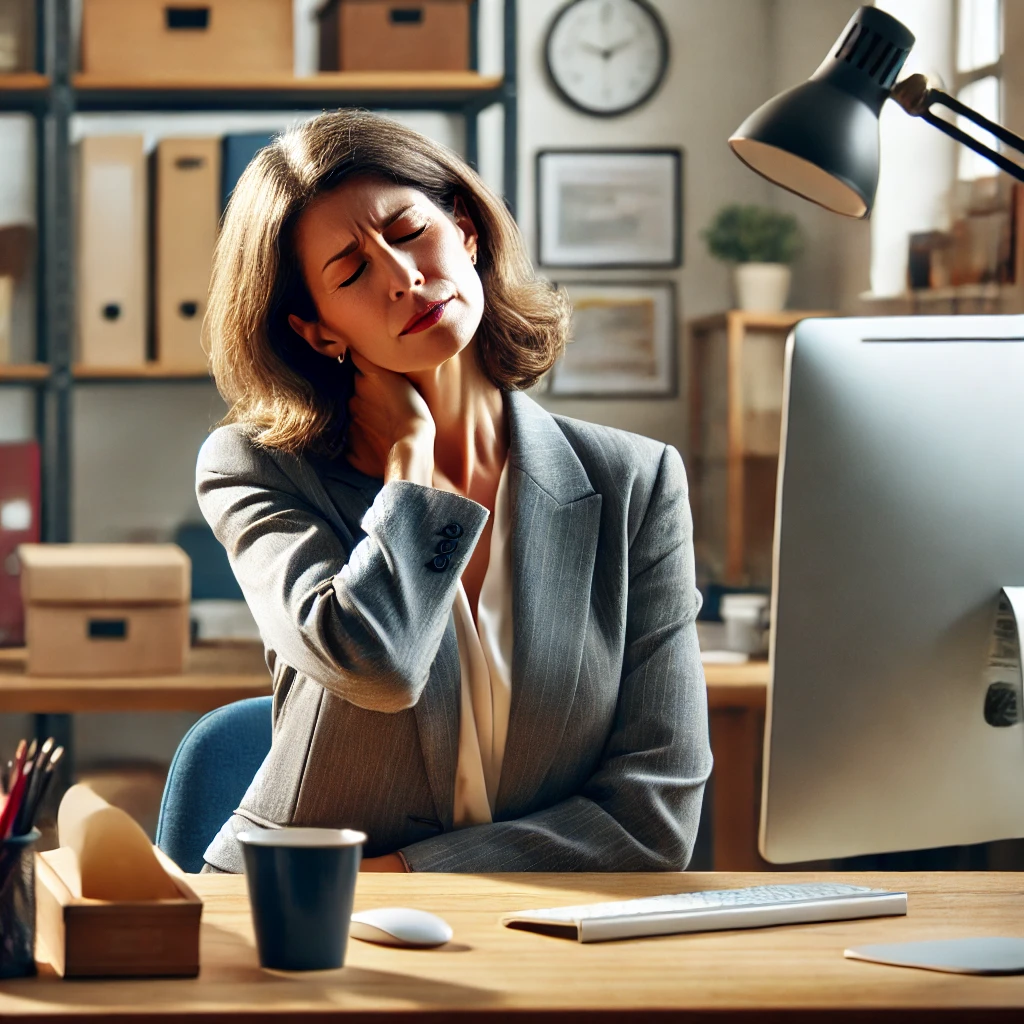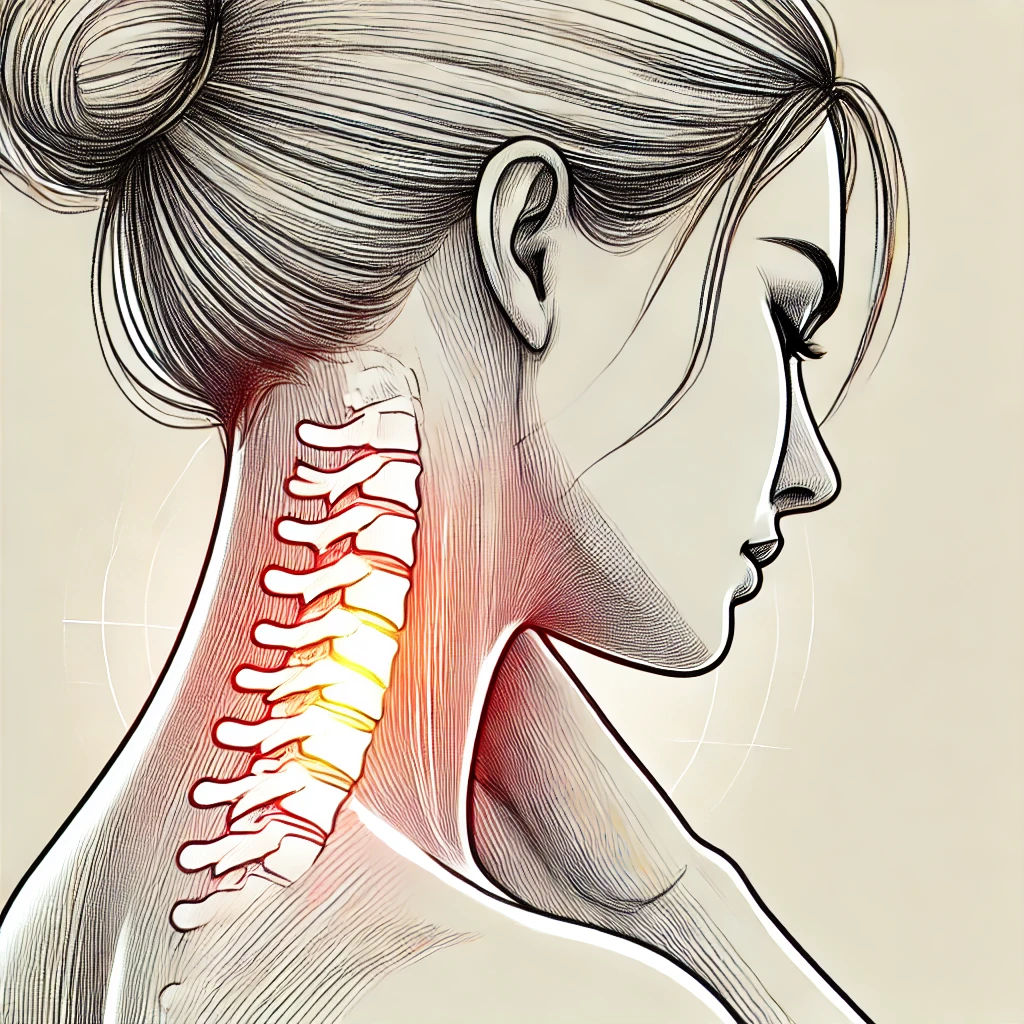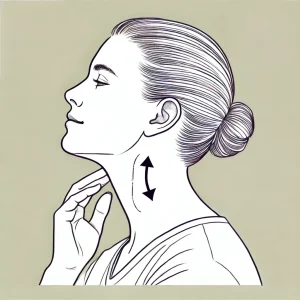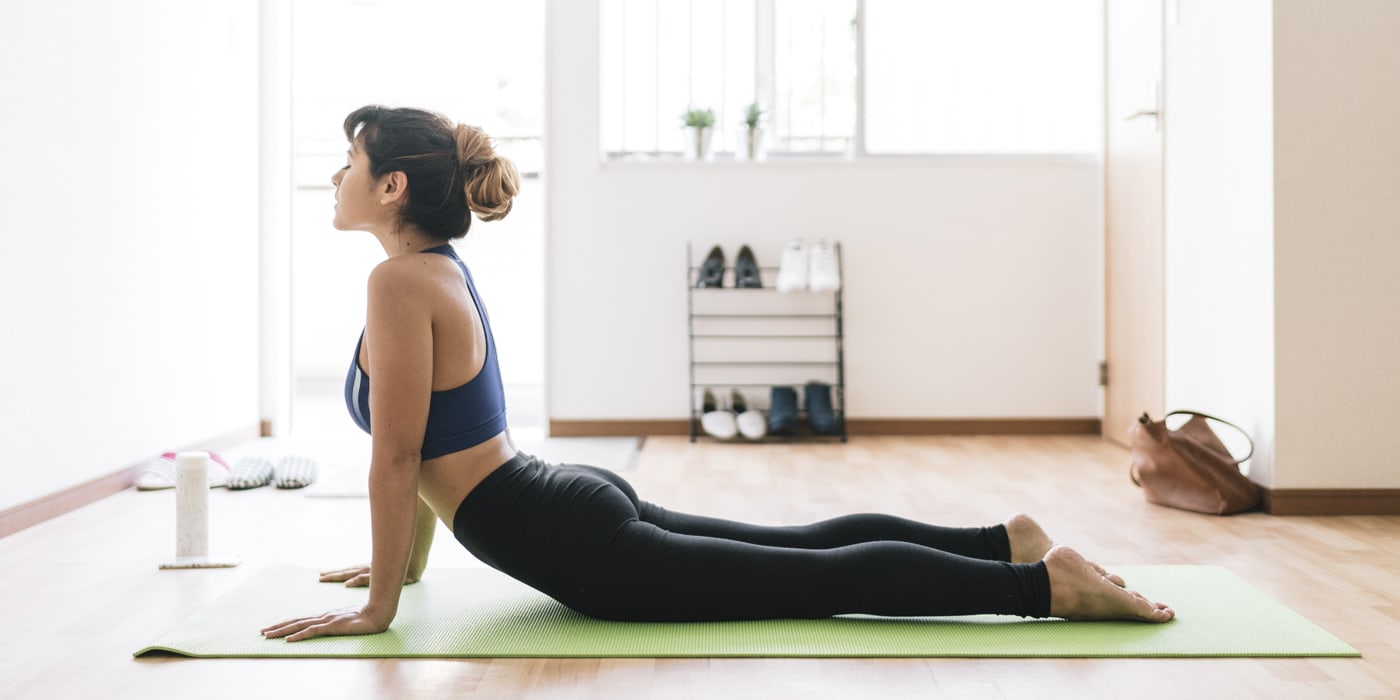Shoulder Pain: Understanding and Managing Your Pain
If you’re experiencing shoulder pain that affects your daily activities, social life, and family time, and you reside in areas such as Carshalton, Beddington, Hackbridge, Woodcote Green, Woodmansterne, Sutton, Croydon, or Banstead, the Blue Maya Physio Clinic in Wallington is here to assist you.
At Blue Maya Physio Clinic, Wallington, South London, we understand how debilitating shoulder pain caused by impingement can be. With personalized care and evidence-based treatments, we aim to help you regain pain-free movement and return to the activities you love.
What is Shoulder Impingement?
Shoulder impingement occurs when the space between your rotator cuff (a group of muscles and tendons in your shoulder) and the acromion (the top part of your shoulder blade) becomes narrowed. This can lead to the rotator cuff rubbing or catching on the acromion, causing pain and inflammation.
In many cases, the inflammation affects the bursa, a fluid-filled sac that helps reduce friction in your shoulder joint. Over time, this rubbing can worsen, potentially leading to more severe issues like rotator cuff tears if left untreated.
Symptoms of Shoulder Impingement
The symptoms of shoulder impingement typically develop gradually, but some people may experience a sudden, acute episode. Common symptoms include:
- Pain when lifting your arm, especially above your head.
- Tenderness in the front of your shoulder.
- Pain that radiates from the shoulder to the side of your arm.
- Difficulty sleeping due to shoulder pain.
- Weakness in the shoulder or arm when lifting or reaching.
- Discomfort when reaching behind your back.

What Causes Shoulder Impingement?
Several factors can contribute to shoulder impingement, including:
- Overuse: Repetitive overhead activities, such as swimming, tennis, or painting.
- Bursitis: Inflammation of the bursa due to injury or overuse.
- Bone Spurs: Bony growths on the acromion, often developing with age.
- Structural Variations: A curved or hooked acromion, which some people are born with.
- Rotator Cuff Injuries: Tendon injuries that worsen impingement over time.
How is Shoulder Impingement Diagnosed?
At Blue Maya Physio Clinic, we take a thorough approach to diagnosing shoulder impingement:
- Medical History: We’ll discuss your symptoms, lifestyle, and any previous injuries.
- Physical Examination: You’ll be guided through specific movements to identify pain points and limitations.
- Advanced Imaging: If needed, we may recommend imaging tests such as X-rays or MRIs to assess the condition of your rotator cuff and surrounding structures.
Treatment for Shoulder Impingement at Blue Maya Physio Clinic
We offer a wide range of treatments designed to address the root cause of your pain and promote long-term recovery.
1. Manual Therapy
- Gentle mobilizations to improve joint movement and reduce stiffness.
2. Soft Tissue and Massage Techniques
- Targeted techniques to relieve muscle tension and reduce inflammation.
3. Postural Assessment and Correction
- Detailed analysis and correction of posture to reduce strain on your shoulder joint.
4. Personalized Exercise Programs
- Strengthening and stretching exercises to improve shoulder stability and range of motion.
- These exercises are tailored to your specific needs and can be performed at home with guidance.
5. Pain Management Techniques
- Acupuncture: To relieve pain and promote healing.
- Electrotherapy: Gentle electrical stimulation to alleviate discomfort and support recovery.
- Heat and Ice Therapy: To reduce inflammation and pain.
6. Ergonomic Adjustments
- Advice on optimizing your workspace and daily habits to prevent recurring shoulder strain.
7. Stress Management
- Techniques to address stress, which can contribute to muscle tension and exacerbate pain.
What Can You Do at Home?
In addition to professional care, you can take steps at home to aid your recovery:
- Rest and Modify Activities: Avoid repetitive overhead movements.
- Apply Ice: Use a cold pack for 10–15 minutes, several times a day, to reduce swelling.
- Maintain Movement: Avoid immobilizing your shoulder completely, as this can lead to stiffness.
- Follow Your Exercise Plan: Stay consistent with your physiotherapist-prescribed exercises to build strength and flexibility.

Why Choose Blue Maya Physio Clinic?
At Blue Maya Physio Clinic, our experienced physiotherapists provide compassionate care, advanced treatments, and personalized plans tailored to your needs. From assessment to recovery, we are committed to helping you regain pain-free movement and improve your quality of life.
📍 Location: The Phoenix Centre, Mollison Drive, Wallington, London SM6 9NZ
📞 Contact: +44 1227 913 867
🌐 Website: Blue Maya Physio Clinic Client Portal
Let us help you move better, live better, and feel better.





